Rose succulents have the charming look of a rose. It is one of the best decorations in your home and surroundings.
These lovely plants bloom all year and don’t require much care. A rose succulent grows only a few inches tall and has thick leaves that bend around, similar to a rose petal but heartier.
Are you looking to mimic real roses, these 15 rose succulents will be just right.
15 Different Types of Rose Succulents
1. Echeveria
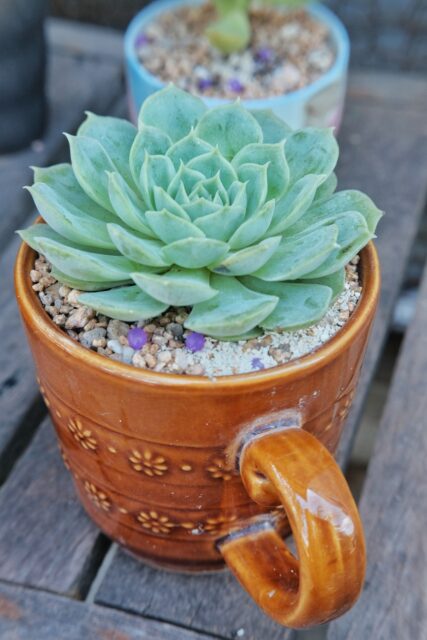
The echeveria is probably the most popular and well-known rosette succulent. Their native habitat includes Mexico, Central America, South America and Texas.
Echeveria is one of several species of rose succulents whose leaves form a typical rosette pattern. The plants come in various colors, including pink, white, orange, red, green, and yellow. This succulent appears rosy and attractive due to its rose-patterned leaves and various colors.
Though there are occasional exceptions, the bulk of Echeveria species stay small, never reaching heights of 48 inches or widths of 12 inches.
The leaves appear rigid, but they are rather fragile. Several types of leaves have a farina-like coating. Disturbing the farina coating risks harming the leaves.
2. Perle von Nurnberg
Perle von Nurnberg is one of the best varieties of rose succulents. It is distinguished by its unique rosette of paddle-shaped, pastel leaves and attractive dusty appearance.
The leaves are soft gray in low light and vibrant purple and pink in bright sunlight. Succulents prefer bright lighting, infrequent watering and well-drained sand.
Because of their magnificent appearance, they are commonly used in flower arrangements, bridal bouquets and container gardens.
3. Dusty Rose
The powdery-violet rosettes on these well-known hybrid cultivars make them easily identifiable.
In ideal conditions, these rosettes can attain a diameter of up to 8 inches. Because they prefer plenty of sunlight and rarely need water, these hybrid succulents are less prone to cold than the bulk of succulent species.
Furthermore, they have stunning orange flowers that bloom on tall stalks multiple times every year.
4. Nodulosa
The Nodulosa succulent’s green foliage has vertical red stripes, which is another unique trait. Like other succulents, it requires plenty of sunlight and well-drained soil.
To avoid root rot, irrigate only after the soil has completely dried. Nodulosa is one of several varieties of rose succulents.
5. Neon Baker
Evergreen succulents have purple leaves with pink margins that are more visible in direct sunlight.
This stunning plant is one of the many varieties of rose succulents. They thrive in outdoor or container gardening and can grow to be 3 inches tall and 3 inches wide.
They can also be grown indoors with adequate lighting. Neon bakers cannot stand icing or over-watering. If you reside in a colder climate, plant these succulents in well-drained soil and, for best results, move them indoors during the winter.
6. Aloe Vera
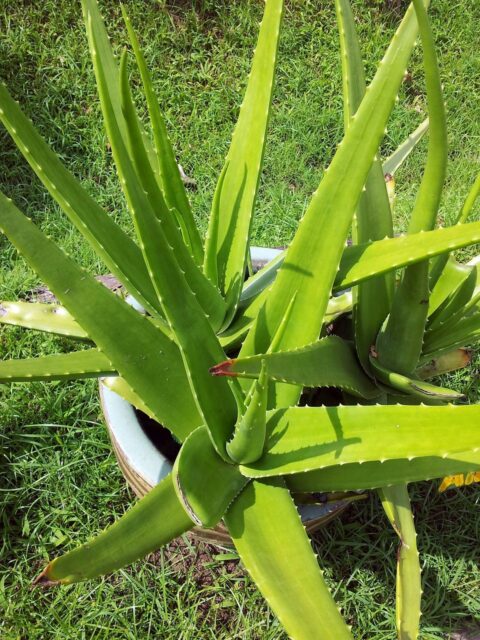
Aloe Vera is a genus of perennial succulent plants with over 500 species native to Sub-Saharan Africa and Madagascar.
It is applied in the pharmacological, cosmetic and therapeutic industries. The majority of aloe species’ thick, succulent leaves follow a rosette-like development pattern.
Some species are still small yet they make excellent houseplants. The short-leaf aloe often grows up to four inches tall.
7. Aeonium
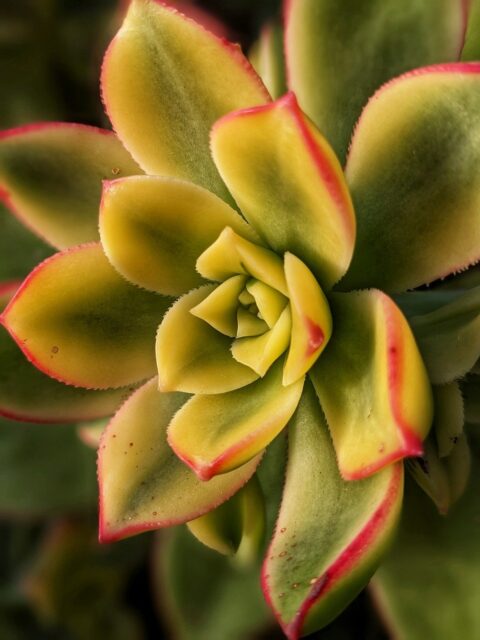
Aeonium is a succulent plant genus with approximately 35 species, smaller than Echeveria and Aloe. The bulk of plants develop slowly, taking up to five years to mature.
Also known as tree leeks, Aeoniums are native to Madeira, the Cape Verde Islands, the Canary Islands and northern Africa.
Many aeonium cultivars are well known for their beautiful rosette leaf patterns. The leaves are frequently so perfectly molded and structured that visitors mistake the plants for factory-made plastics.
Nonetheless, they are both quite real and beautiful. The size of aeoniums varies with the species. The dwarf aeonium (Aeonium sedifolium), the smallest member of the genus, can attain a height of 15 inches and has leaf rosettes that are little more than an inch in diameter.
8. Topsy Turvy
This succulent’s spoon-shaped, blue-green leaves give it a unique appearance and the leaves roll down along their length, giving them a charming curled appearance.
This fast-spreading variety can reach a height of eight inches. It also requires soil that drains well and uses minimal water. Succulent plants flourish best in arid settings.
Topsy-Turvy succulents can be grown indoors or outdoors, although they require a warm atmosphere. They are deer-resistant when grown outdoors.
These hardy plants may thrive with little water and can be used to decorate your home due to their unique patterns. Topsy Turvy is one of several different types of rose succulents.
9. Woolly Rose
The Wooly Rose succulent, also known as “Doris Taylor,” is a popular hybrid succulent plant noted by its exceptionally green and fuzzy leaves that arise from flexible stems.
The succulent, known as the “woolly rose” is a cross between Echeveria setosa and Echeveria pulvinata. Unlike other succulents, they demand filtered sunshine and only a few hours of direct sunlight per day.
If you wish to cultivate these succulents indoors or outdoors, you must be patient, as fuzzy leaf species take longer to proliferate. Wooly roses are one of several types of rose succulents.
10. Tippy
This succulent has exquisite spoon-shaped leaves that are greenish-blue in color. Tippy is a fantastic home plant and one of several species of rose succulents.
They also stand out from the crowd with their bright pink tips. Furthermore, the tips form a compact rosette.
These succulent leaves reach a maximum height and diameter of 6 inches. They grow swiftly from offsets and leaf cuttings and do best in well-drained soil.
Tippy flowers bloom in the summer, attracting hummingbirds with their stunning orange blossoms. As a result, it makes an excellent addition to any indoor houseplant collection, outdoor container garden or outdoor garden.
11. Ghost Plants
This succulent is intriguing due to its silver-gray, spoon-shaped leaves. Because of their hue, they are commonly referred to as “ghost plants.”
This plant is one of several types of rose succulents that you can find. They thrive in partial shade because direct sunlight can quickly damage the delicate leaves.
As a result, they do not perform well at high temperatures. Nonetheless, Graptopetalum succulents can occasionally appear purple in the winter. They should be grown on sandy, well-drained soils with minimal irrigation.
12. Sempervivum
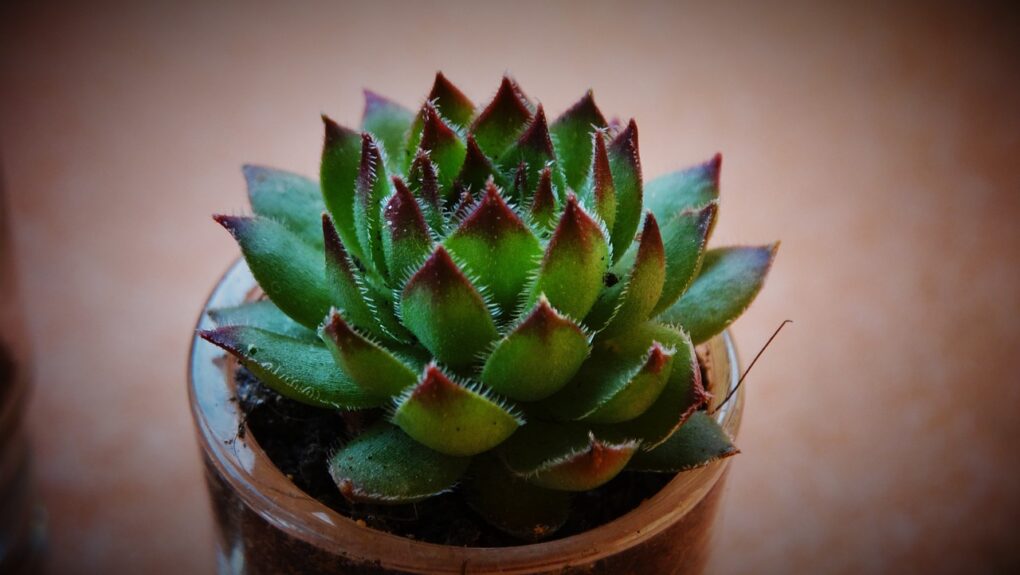
This genus, which has approximately 40 species, is popular due to its beautiful rosettes and extraordinary simplicity of maintenance. The majority of Sempervivum species thrive under harsh conditions and many of them generate offsets each year.
Sempervivum succulents, sometimes known as houseleeks, are alpine plants native to Southern Europe and Western Asia.
This explains why they grow in rocky, low-nutrient soil. It’s worth noting that sempervivum succulents and Echeveria plants are often misconstrued. The fact that both genera include animals commonly referred to as “hens and chicks” is not helpful.
Sempervivums are indigenous to Europe and Asia, but Echeverias are endemic to the Americas. However, you can tell the difference without looking at their leaves.
Each plant has a distinct look that may be identified with closer scrutiny. Sempervivums have narrow, pointed leaves, whereas Echeverias have larger, wider, spoon-shaped leaves.
13. Pink Mountain Rose
Pink Mountain Rose derives its name from El Hierro in the Canary Islands. Additionally, this is where these succulents are grown. During the dormant season, it turns pink, and during the growing season, it turns green.
However, supply is expected to catch up because pink succulents are in high demand because of their beauty and uniqueness. Pink succulents exist and are occasionally sold in succulent-specific nurseries.
14. Agave
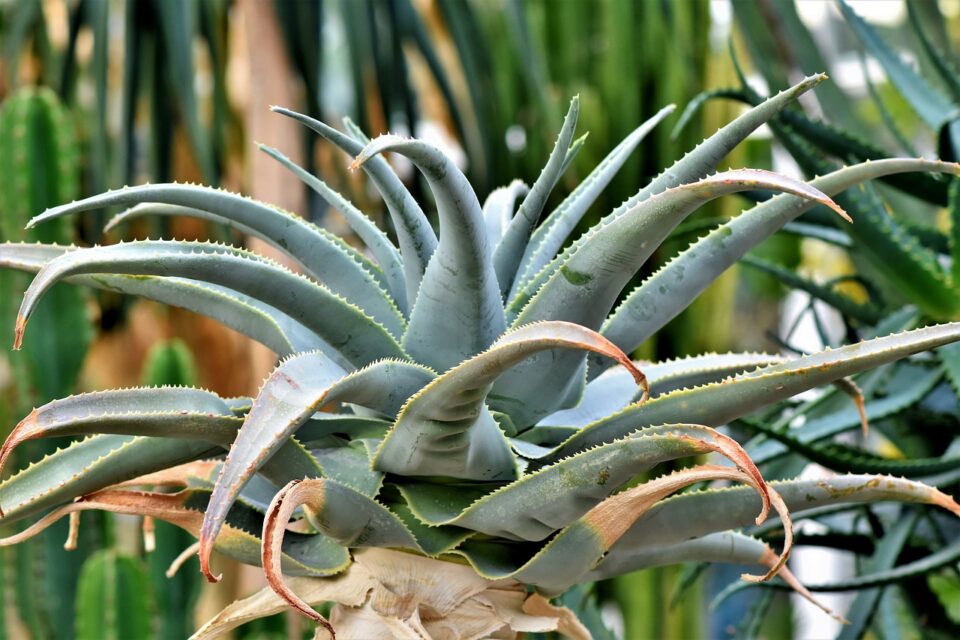
Many of the approximately 200 agave species can be found in the Americas and the Caribbean.
Although there are variations between each species, most agaves are succulents with rosettes of massive leaves with pointed, spiky tips.
Several agave species grow slowly but live for a long time. Several are particularly well-known for their culinary and alcoholic uses.
15. Black Prince
These succulents are called “black princes” or “hens and chicks.” It is a hybrid, slow-growing succulent with triangular, deep purple leaves.
The black prince plant has made it onto the list of rose succulent varieties. It grows into compact rosettes that can reach 3 inches in width.
They produce offsets easily, which start as light green and progress to dark green as they age. These succulents also have magnificent, tall flower stalks with beautiful, dark crimson blooms.
Plants require continual exposure to intense sunlight to preserve their vibrant colors. They prefer moist, well-drained soil that should be irrigated sparingly.
Conclusion
So, here are 15 different varieties of rose succulents. Whether you’re looking to beautify your home or bring nature closer to your environment, these colorful plants are the best.

